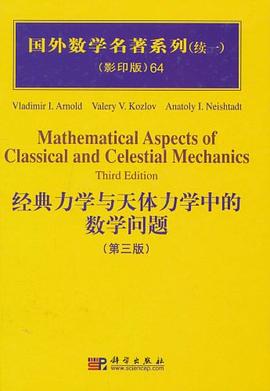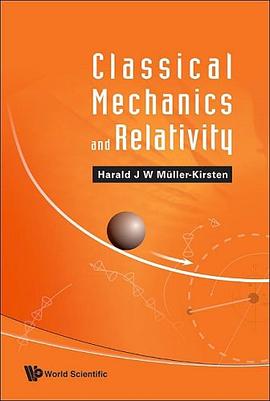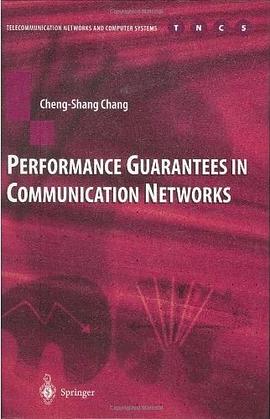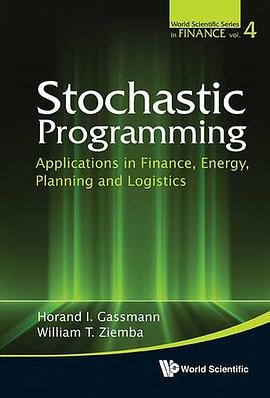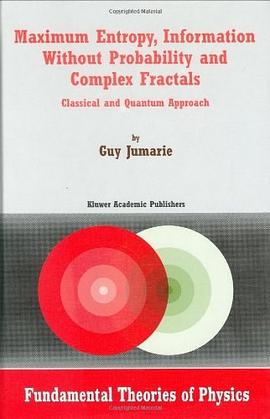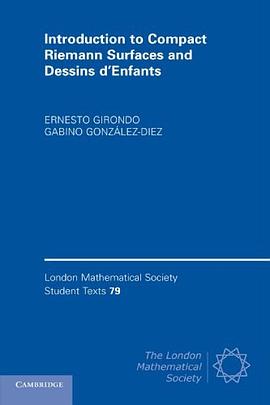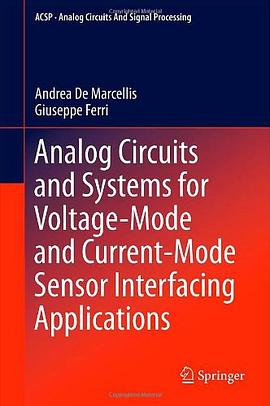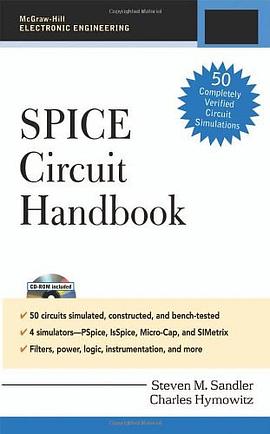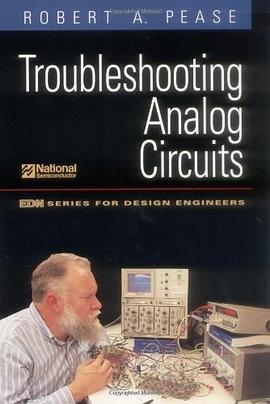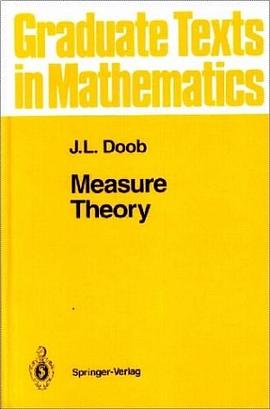1 Basic Principles of Classical Mechanics
1.1 Newtonian Mechanics
1.1.1 Space, Time, Motion
1.1.2 Newton-Laplace Principle of Determinacy
1.1.3 Principle of Relativity
1.1.4 Principle of Relativity and Forces of Inertia
1.1.5 Basic Dynamical Quantities. Conservation Laws
1.2 Lagrangian Mechanics
1.2.1 Preliminary Remarks
1.2.2 Variations and Extremals
1.2.3 Lagranges Equations
1.2.4 Poincares Equations
1.2.5 Motion with Constraints
1.3 Hamiltonian Mechanics
1.3.1 Symplectic Structures and Hamiltons Equations
1.3.2 Generating Functions
1.3.3 Symplectic Structure of the Cotangent Bundle
1.3.4 The Problem of n Point Vortices
1.3.5 Action in the Phase Space
1.3.6 Integral Invariant
1.3.7 Applications to Dynamics of Ideal Fluid
1.4 Vakonomic Mechanics
1.4.1 Lagranges Problem
1.4.2 Vakonomic Mechanics
1.4.3 Principle of Determinacy
1.4.4 Hamiltons Equations in Redundant Coordinates
1.5 Hamiltonian Formalism with Constraints
1.5.1 Diracs Problem
1.5.2 Duality
1.6 Realization of Constraints
1.6.1 Various Methods of Realization of Constraints
1.6.2 Holonomic Constraints
1.6.3 Anisotropic Friction
1.6.4 Adjoint Masses
1.6.5 Adjoint Masses and Anisotropic Friction
1.6.6 Small Masses
2 The n-Body Problem
2.1 The Two-Body Problem
2.1.1 Orbits
2.1.2 Anomalies
2.1.3 Collisions and Regularization
2.1.4 Geometry of Keplers Problem
2.2 Collisions and Regularization
2.2.1 Necessary Condition for Stability
2.2.2 Simultaneous Collisions
2.2.3 Binary Collisions
2.2.4 Singularities of Solutions of the n-Body Problem
2.3 Particular Solutions
2.3.1 Central Configurations
2.3.2 Homographic Solutions
2.3.3 Effective Potential and Relative Equilibria
2.3.4 Periodic Solutions in the Case of Bodies cf Equal Masses
2.4 Final Motions in the Three-Body Problem
2.4.1 Classification of the Final Motions According to Chazy.
2.4.2 Symmetry of the Past and Future
2.5 Restricted Three-Body Problem
2.5.1 Equations of Motion. The Jacobi Integral
2.5.2 Relative Equilibria and Hill Regions
2.5.3 Hills Problem
2.6 Ergodic Theorems of Celestial Mechanics
2.6.1 Stability in the Sense of Poisson
2.6.2 Probability of Capture
2.7 Dynamics in Spaces of Constant Curvature
2.7.1 Generalized Bertrand Problem
2.7.2 Keplers Laws
2.7.3 Celestial Mechanics in Spaces of Constant Curvature
2.7.4 Potential Theory in Spaces of Constant Curvature
3 Symmetry Groups and Order Reduction.
3.1 Symmetries and Linear Integrals
3.1.1 NSthers Theorem
3.1.2 Symmetries in Non-Holonomic Mechanics
3.1.3 Symmetries in Vakonomic Mechanics
3.1.4 Symmetries in Hamiltonian Mechanics
3.2 Reduction of Systems with Symmetries
3.2.1 Order Reduction (Lagrangian Aspect)
3.2.2 Order Reduction (Hamiltonian Aspect)
3.2.3 Examples: Free Rotation of a Rigid Body and the Three Body Problem
3.3 Relative Equilibria and Bifurcation of Integral Manifolds
3.3.1 Relative Equilibria and Effective Potential
3.3.2 Integral Manifolds, Regions of Possible Motion, and Bifurcation Sets
3.3.3 The Bifurcation Set in the Planar Three-Body Problem
3.3.4 Bifurcation Sets and Integral Manifolds in the Problem of Rotation of a Heavy Rigid Body with a Fixed Point
4 Variational Principles and Methods
4.1 Geometry of Regions of Possible Motion
4.1.1 Principle of Stationary Abbreviated Action
4.1.2 Geometry of a Neighbourhood of the Boundary
4.1.3 Riemannian Geometry of Regions of Possible Motion with Boundary
4.2 Periodic Trajectories of Natural Mechanical Systems
4.2.1 Rotations and Librations
4.2.2 Librations in Non-Simply-Connected Regions of Possible Motion
4.2.3 Librations in Simply Connected Domains and Seiferts Conjecture
4.2.4 Periodic Oscillations of a Multi-Link Pendulum
4.3 Periodic Trajectories of Non-Reversible Systems
4.3.1 Systems with Gyroscopic Forces and Multivalued Functionals
4.3.2 Applications of the Generalized Poincare Geometric Theorem
4.4 Asymptotic Solutions. Application to the Theory of Stability of Motion
4.4.1 Existence of Asymptotic Motions
4.4.2 Action Function in a Neighbourhood of an Unstable Equilibrium Position
4.4.3 Instability Theorem
4.4.4 Multi-Link Pendulum with Oscillating Point of Suspension
4.4.5 Homoclinic Motions Close to Chains of Homoclinic Motions
5 Integrable Systems and Integration Methods
5.1 Brief Survey of Various Approaches to Integrability of Hamiltonian Systems
5.1.1 Quadratures
5.1.2 Complete Integrability
5.1.3 Normal Forms
5.2 Completely Integrable Systems
5.2.1 Action-Angle Variables
5.2.2 Non-Commutative Sets of Integrals
5.2.3 Examples of Completely Integrable Systems
5.3 Some Methods of Integration of Hamiltonian Systems
5.3.1 Method of Separation of Variables
5.3.2 Method of L-A Pairs
5.4 Integrable Non-Holonomic Systems
5.4.1 Differential Equations with Invariant Measure
5.4.2 Some Solved Problems of Non-Holonomic Mechanics.
6 Perturbation Theory for Integrable Systems
6.1 Averaging of Perturbations
6.1.1 Averaging Principle
6.1.2 Procedure for Eliminating Fast Variables. Non-Resonant Case
6.1.3 Procedure for Eliminating Fast Variables. Resonant ase
6.1.4 Averaging in Single-Frequency Systems
6.1.5 Averaging in Systems with Constant Frequencies
6.1.6 Averaging in Non-Resonant Domains
6.1.7 Effect of a Single Resonance
6.1.8 Averaging in Two-Frequency Systems
6.1.9 Averaging in Multi-Frequency Systems
6.1.10 Averaging at Separatrix Crossing
6.2 Averaging in Hamiltonian Systems
6.2.1 Application of the Averaging Principle
6.2.2 Procedures for Eliminating Fast Variables
6.3 KAM Theory
6.3.1 Unperturbed Motion. Non-Degeneracy Conditions
6.3.2 Invariant Tori of the Perturbed System
6.3.3 Systems with Two Degrees of Freedom
6.3.4 Diffusion of Slow Variables in Multidimensional Systems and its Exponential Estimate
6.3.5 Diffusion without Exponentially Small Effects
6.3.6 Variants of the Theorem on Invariant Tori
6.3.7 KAM Theory for Lower-Dimensional Tori
6.3.8 Variational Principle for Invariant Tori. Cantori
6.3.9 Applications of KAM Theory
6.4 Adiabatic Invariants
6.4.1 Adiabatic Invariance of the Action Variable in Single-Frequency Systems
……
7 Non-Integrable Systems
8 Theory of Small Oscillations
9 Tensor Invariants of Equations of Dynamics
Recommended Reading
Bibliography
Index of Names
Subject Index
· · · · · · (
收起)
